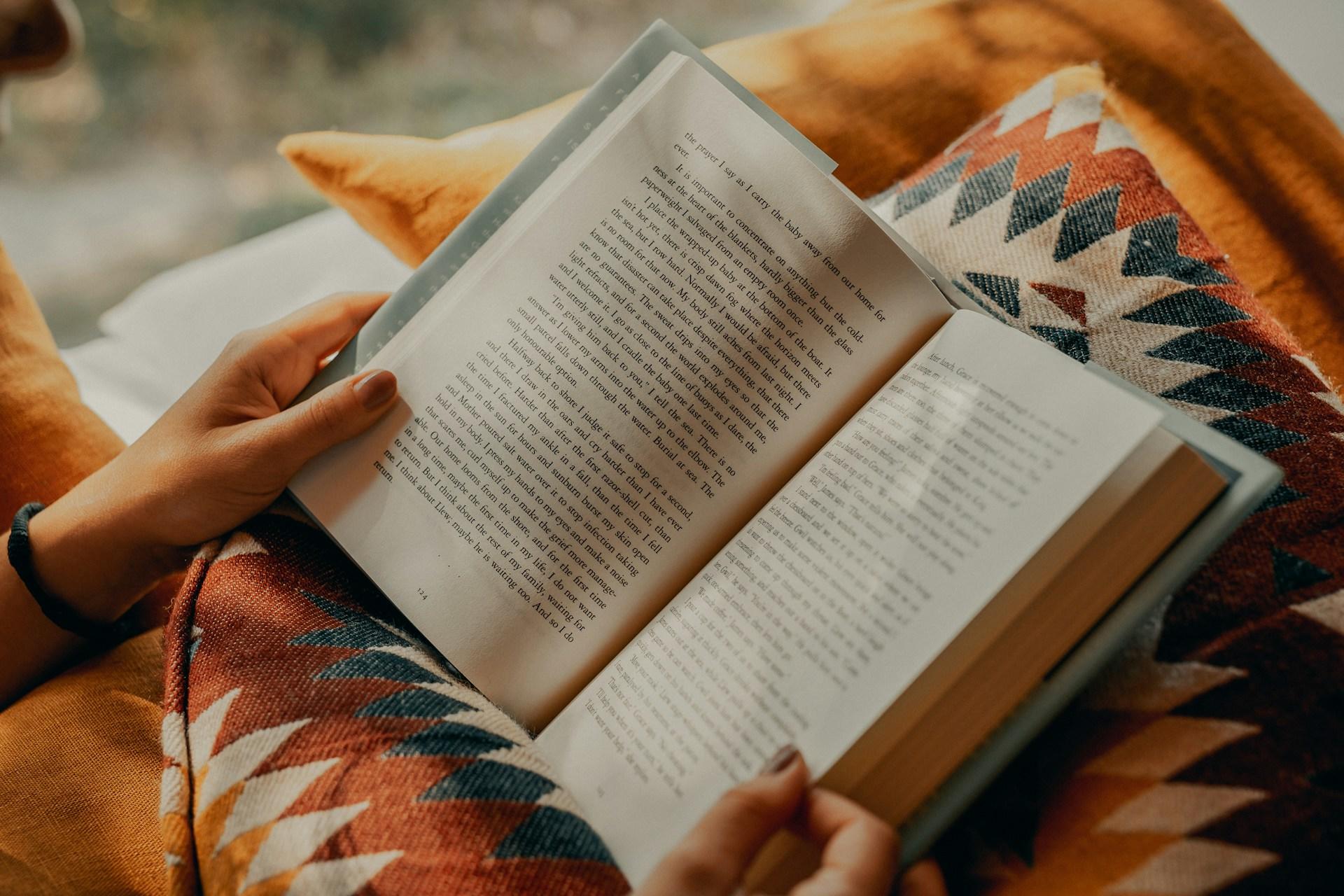Students can get a lot more out of their reading comprehension by using active reading strategies and techniques.
Not to be confused with reading aloud (which can help), active reading is so much more than simply reading a text and hoping the ideas remain in your head.
Here, we'll see what active reading is, why you should use active reading techniques, and the best active reading techniques to help you learn more from everything you read.

What Is Active Reading?
Put simply, active reading is the techniques and strategies you can use to further engage yourself in the process of reading.
Rather than just looking at the words on a page or screen, it involves things like making notes, being more engaged with the reading process, testing your own comprehension, and thinking about the text while you're reading it.
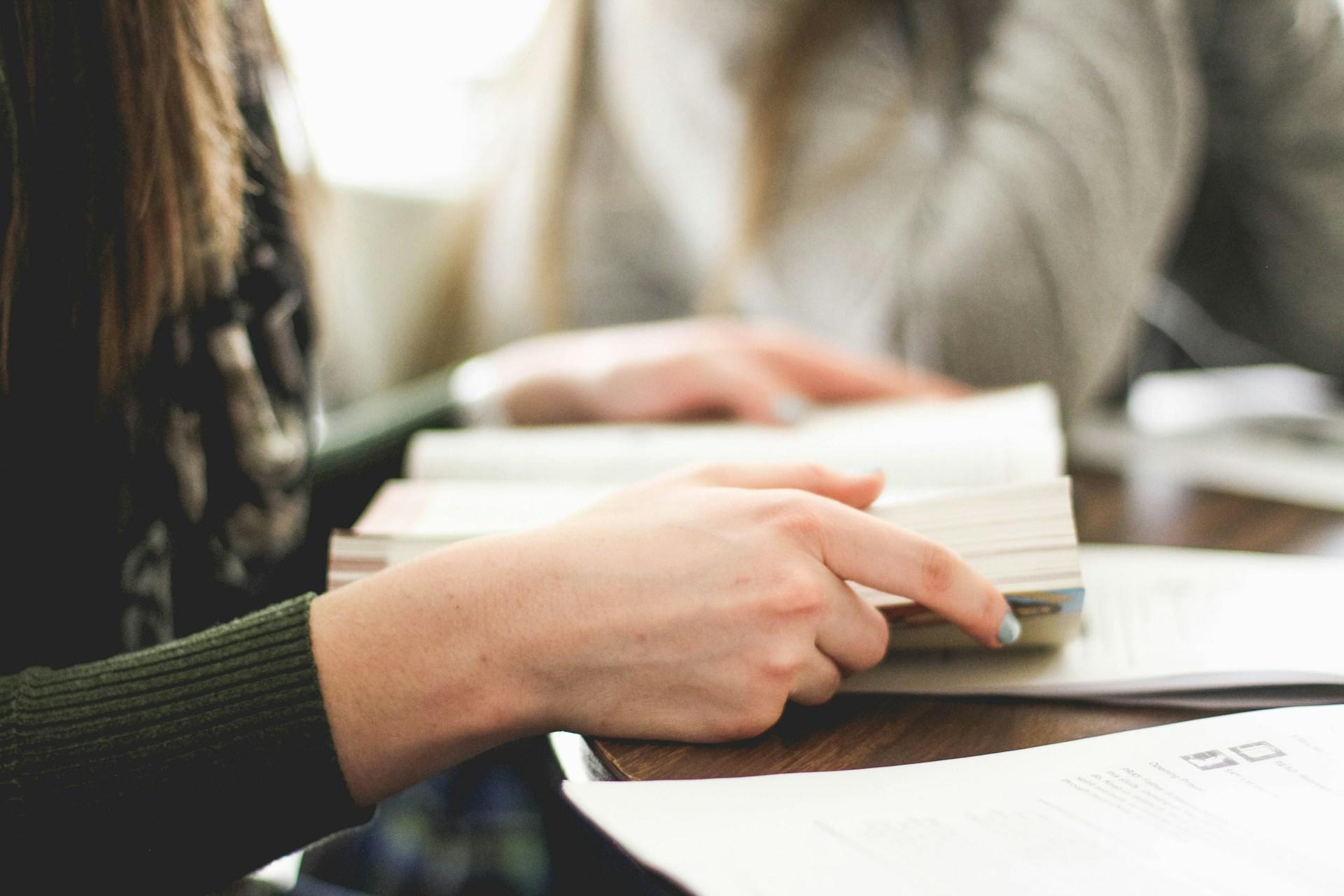
The first and main reason to use active reading techniques is that you'll learn more from the texts that you read.
If you're reading a text to learn a language, the importance of active reading is further increased. Not only will you extract more information from the text, but it'll also help you with learning new vocabulary, grammatical structures, and even pronunciation.
Active reading also helps the reader to think more critically about texts, focus more on the texts they're reading, and remember what they read.
Over time, you'll also read more quickly and retain more information. At first, active reading will take you much longer than passive reading, especially as you get used to all the strategies and techniques. However, you'll soon be able to actively read almost as quickly as you passively read while remembering far more of the text.
Passive Reading versus Active Reading
Requires minimal effort and can be a relaxing and enjoyable way to read. Readers can even skim or quickly read texts. Results in a more limited understanding of the text.
Readers engage with the text by asking questions, annotating key points, and other active reading techniques. Leads to a deeper understanding of the text.
Active Reading Strategies and Techniques You Should Use
Now that you have a better idea of what active reading is and the benefits of doing it, let's see some of the most common and useful active reading strategies.
These strategies will work differently depending on the student and the type of learner that they are so try various strategies, check to see how well they're working, and adapt them to get the most from them.
Set Reading Goals
Before you start the process of reading any text, write down some comprehension objectives.
If you're reading something for homework or for a language class, for example, your teacher may have already given you some comprehension questions.
You can always come up with your own questions or objectives, too. Start with basic questions like what the text is about, and questions to test and improve your comprehension of the text or passage.
Students working with private tutors may also get help from their tutor when creating comprehension questions.
Highlight the Main Topic
As soon as you start reading the text for the first time, look to find out what the main topic of it is. You can then highlight it.
Once you've highlighted it, consider summarising the main topic so that you can keep this in mind as you read.
For academic texts, the main topic might be the thesis. For language lessons, the main topic will guide you in terms of grammatical structures and vocabulary.
For example, a story will likely include a lot of the past tense and literary vocabulary to further engage the reader in descriptive passages.
Thinking about what you're reading will greatly help you when it comes to your reading comprehension.
Research Vocabulary
Whether it's a new topic or reading comprehension in a foreign language, you'll likely need to broaden your vocabulary.
While you can't look up every word that you may need to know to understand the text, you can think about the topic of the text.
Again, your teacher may give you ideas for vocabulary that you'll need to know that will help you understand the text.
When you actively read, you'll probably need to read a text several times. The first time you read, it's worthwhile highlighting or making a note of the vocabulary you don't understand, doing some research, and reading the text again a second time.
Highlighting Techniques
Different people have different highlighting techniques when reading or studying. To actively read, you'll want to be regularly highlighting and making notes.
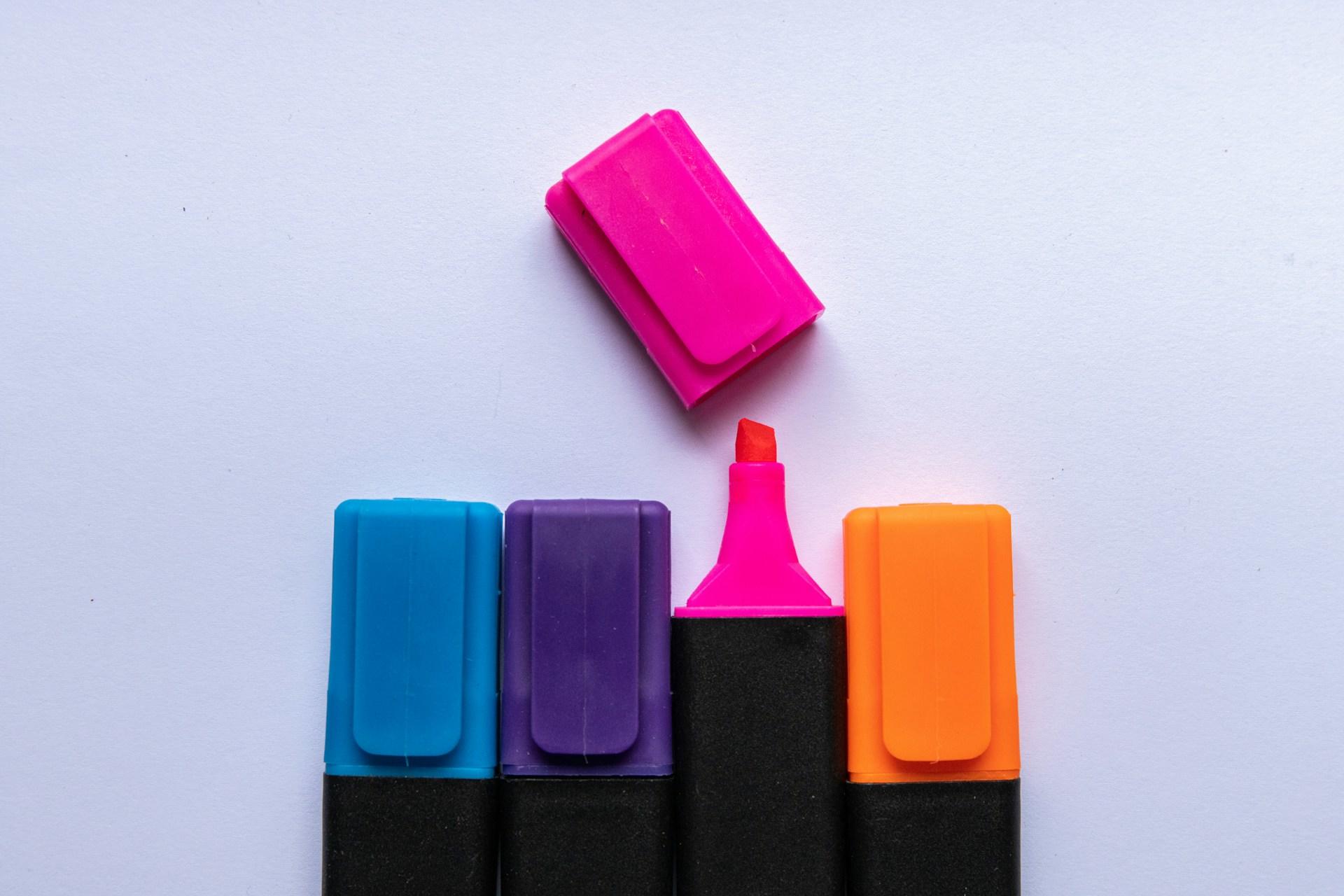
For highlighting, it can be useful to use different colours to better indicate why you highlighted a certain section.
You can choose different highlighter colours for key information, vocabulary to look up later, parts that you don't understand that require further reading and even grammatical structures that you may need to study further.
Don't simply highlight lots of different sections and think that this approach will work to make you remember more effectively. Instead, think of your highlighting approach as a to-do list for other active reading tasks.
Make Notes in the Margin
Making notes in the margin is recommended over highlighting, but if you have the time to do both, we'd recommend it.
You can always highlight areas that correspond to your notes to make your notes visually clearer or highlight areas of the text to remind you to make notes or summarise certain sections.
For texts that you'll need to discuss, your notes could also mention which parts you agree or disagree with. You could also choose certain highlighter colours for ideas you support and those you don't.
Graph Out Ideas
For texts about processes or complex ideas, visual learners might benefit from creating visual representations of the information.
This isn't just for technical or scientific concepts, either. Language learners could create visual representations and graphs for grammatical structures and related vocabulary.
Each student will learn differently, but those who learn well with pictures and visuals should prioritise visual learning techniques.
Active Reading Techniques for Different Learner Types
Auditory learners prefer to hear information.
Make sure you read aloud.
Feel free to repeat passages or sing along to a well-known melody.
Visual learners learn best from visual information.
You can create diagrams and drawings when you actively read to help you remember information.
Kinesthetic learners prefer to learn by doing and moving around.
Regularly write, gesticulate, and even act out passages when actively reading.
Remember that every learner is unique and more likely to be a mix of the different learner types. Mix and match active reading techniques to see which work best for you.
Summarize Paragraphs
As you get to the end of each paragraph in longer texts, try to summarise the information within the paragraph.
Try to answer the questions "What is this paragraph about?" and "What is the key information in this paragraph?".
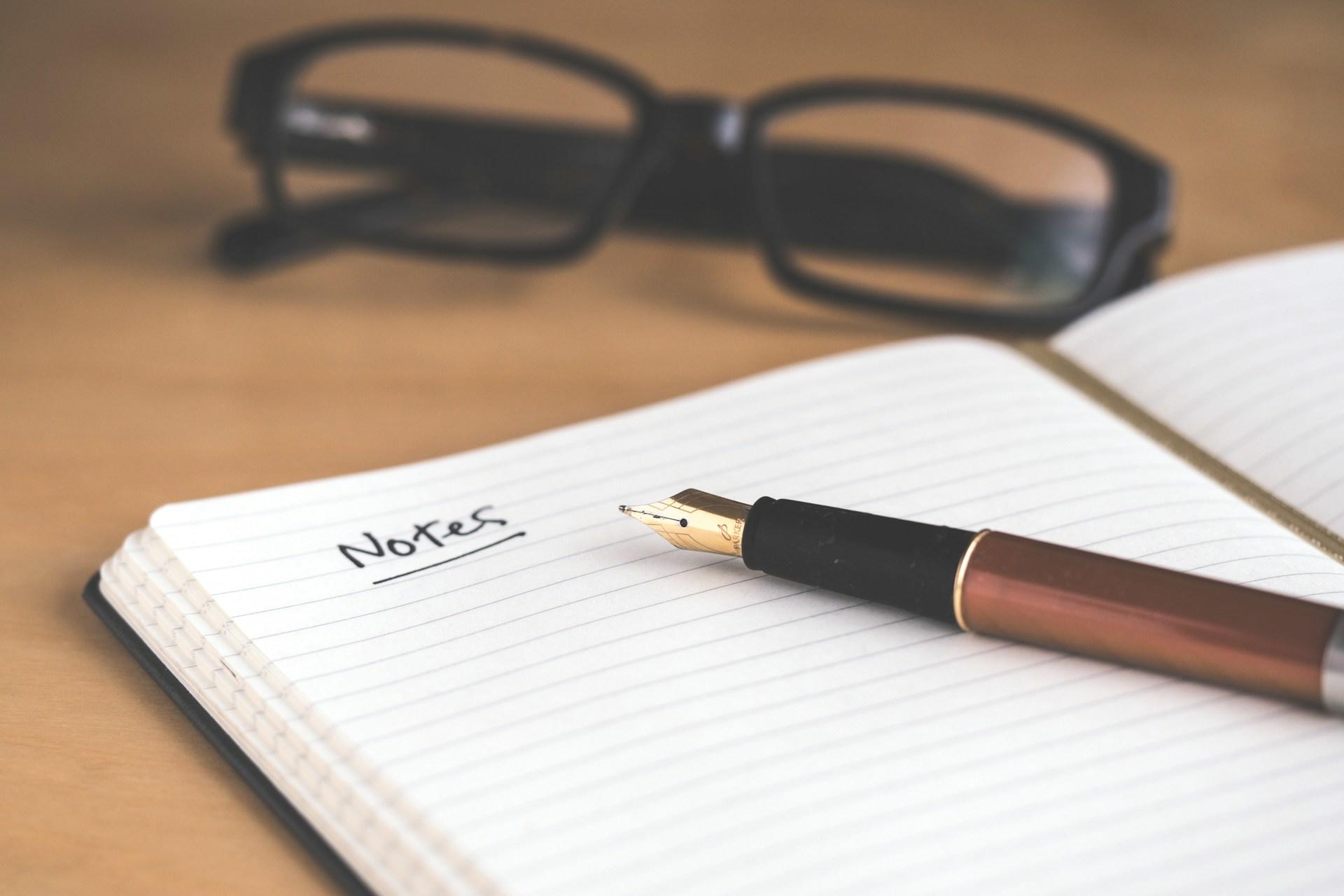
More often than not, a sentence or two should be enough to summarise entire paragraphs.
Write a Summary of the Text
Once you get to the end of your text, write a summary of it. If you've been writing summaries of the paragraphs, then you've already done the majority of the work.
A summary of the entire text should simply be a summary of your summaries. You could summarise an entire text in a sentence (which is usually more difficult) or simply write a short paragraph that summarizes or paraphrases the text.
Get into the habit of writing summaries, as this will make you much better at extracting information from texts, whether it's for school, a language class, research, or reading for pleasure.
Create Questions
Actively reading will make you a participant in the whole process, and there's no better way to learn than asking and answering questions.
As you actively read, write down any questions that come to mind and create more questions to test your own comprehension of the text.
When you see key information in the text, write a question that would test your understanding of the key information.
If you struggle to come up with questions, you can always reverse-engineer questions from the information. Use the question words like what, which, who, where, why, when, how, and whose.
For example, if you find information about a person, then you can start with a “who” question. If there's information about a place, a “where” question could help.
The more you do this, the better you'll become at creating questions to test your reading comprehension.
Create Exam Questions on the Text
For more academic reading, you can write exam questions for texts. While your usual questions will be focused on your reading comprehension, you can also write the types of questions that you'd be given on an exam.
These questions could be discussing common ideas in the text, the writing itself, or different ways of thinking about the text.
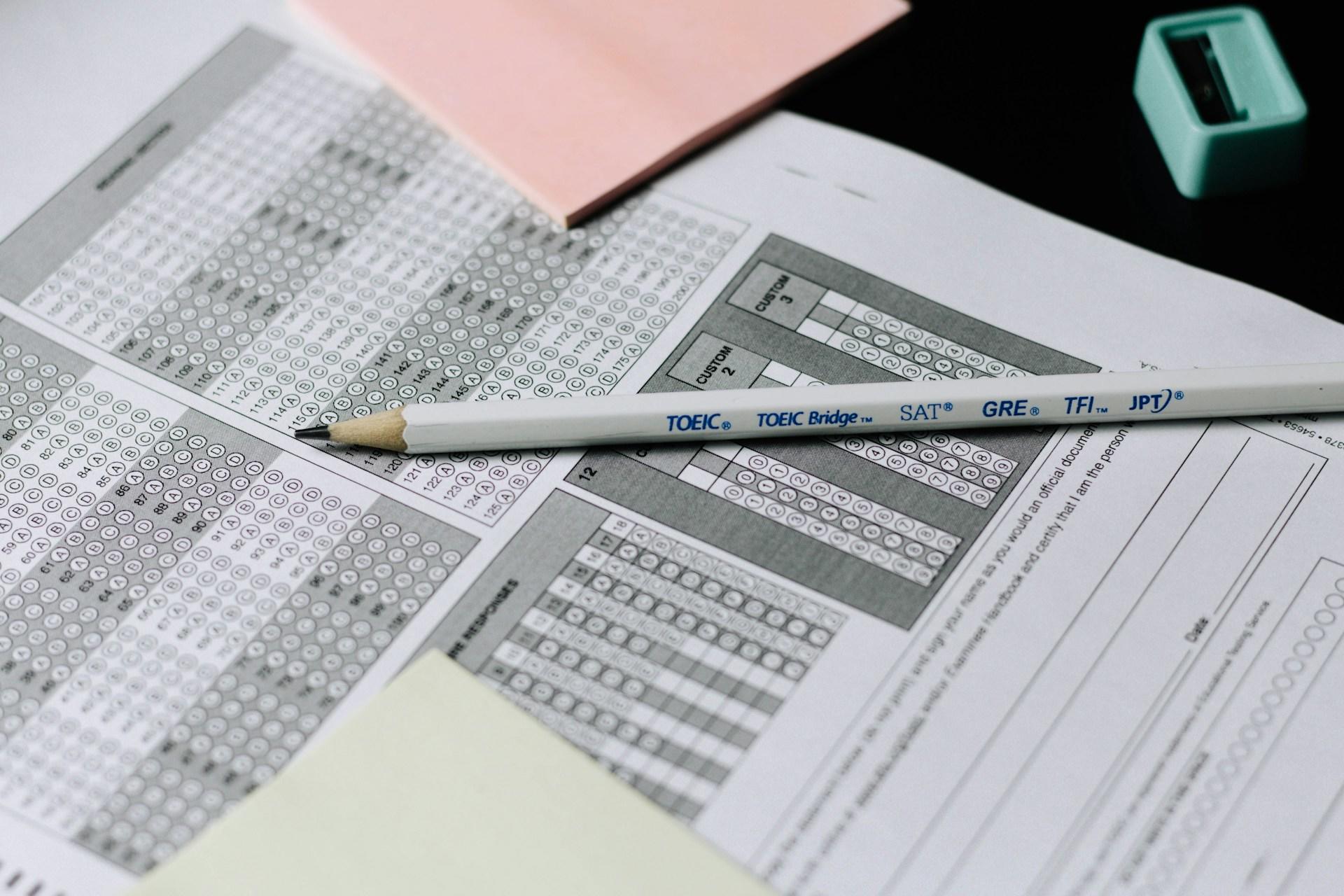
For essays, books, and stories, these kinds of questions are useful if you need to write essays on the text or will be doing an exam on it.
Popular books and essays will have likely already been featured in exams so you could even compare your own exam questions to the questions commonly asked about these works.
Talk to Others about the Text
Just like summarising and paraphrasing the text, talking to others about it shows that you've understood the information in the text and not just the words.
While not everybody you know will want to hear about it, you can always talk to classmates or teachers about the texts.
Your parents may also be interested in learning about what you read and for learning foreign languages or ESOL. Talking about a text in a language other than the one it was written in is quite a challenge and an excellent way to show that you've understood it.
If you'd like to get help with active reading, study techniques, or reading comprehension, there are lots of talented and experienced tutors on the Superprof site.
Just search for what you'd like help with and start comparing potential tutors. With so many offering the first session for free, you can even try a few before choosing the right one for you and how you like to learn.

